amyotrophic lateral sclerosis

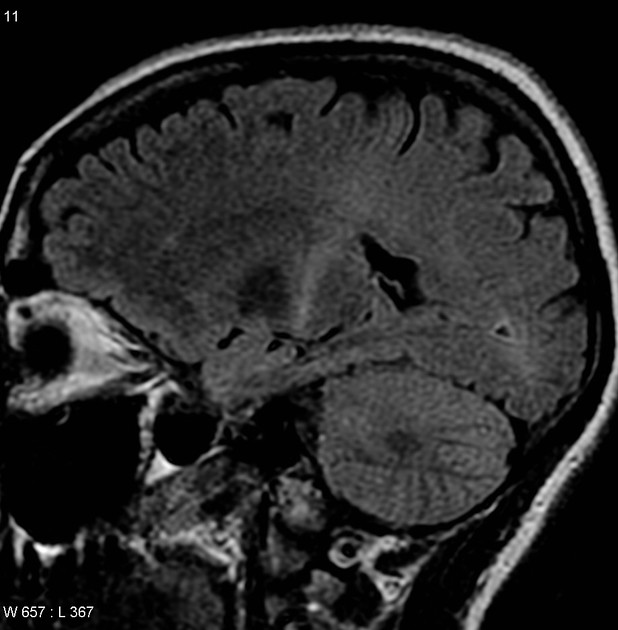












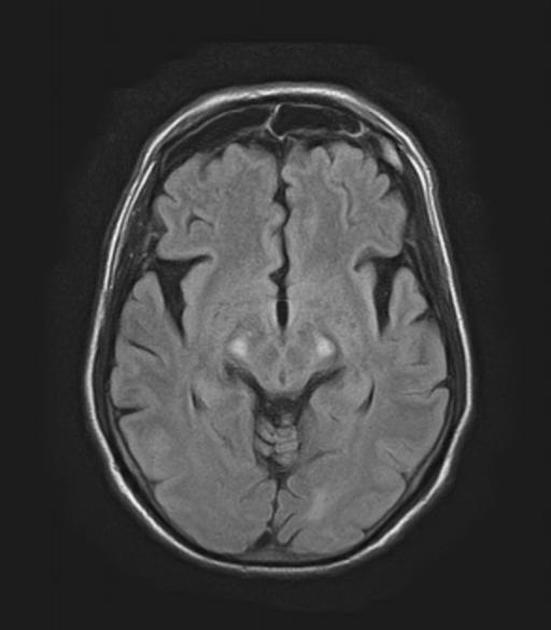
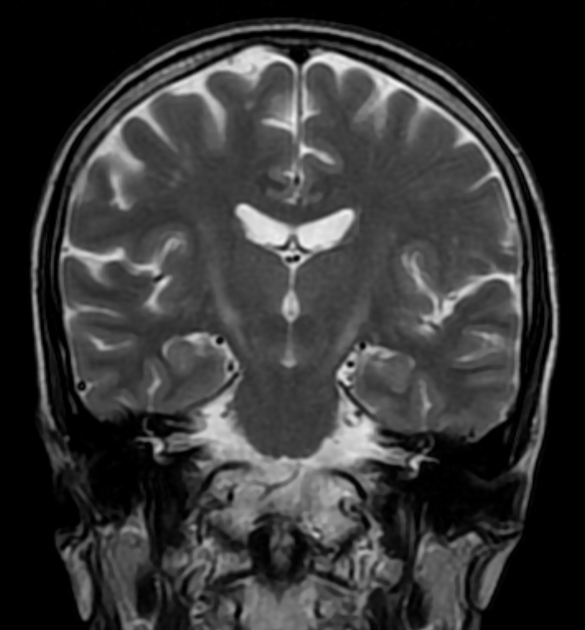
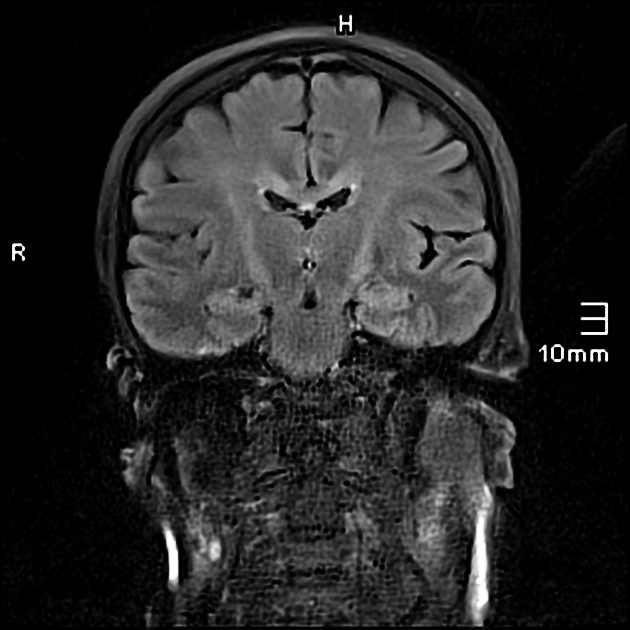

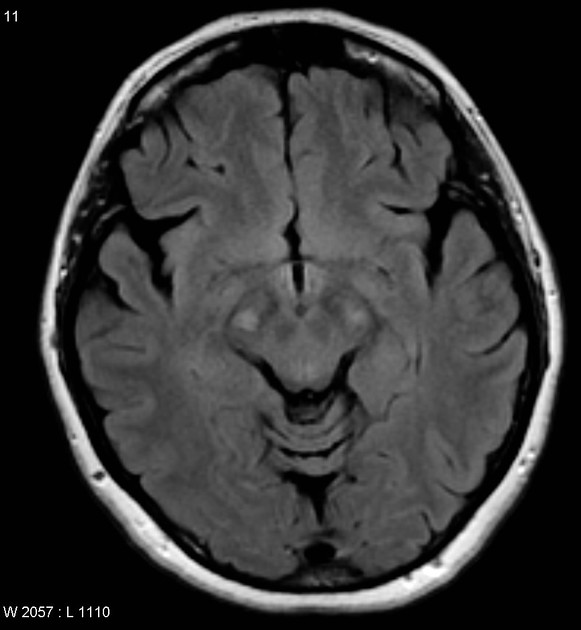

Amyotrophic lateral sclerosis (ALS), also known as Lou Gehrig disease or Charcot disease, is the most common form of motor neuron disease resulting in progressive weakness and eventual death due to respiratory insufficiency.
Epidemiology
ALS typically is diagnosed in middle age. There is a recognized male predilection .
Clinical presentation
Both upper and lower motor neurons are affected, with decreased motor strength and wasting of the muscles of the face, limbs, and diaphragm. There is a progressive loss of motor strength, with preservation of intellectual and sensory function. In the hands, the split hand sign or split hand plus sign may be characteristically seen.
El Escorial criteria for the diagnosis of amyotrophic lateral sclerosis :
- it requires the presence of
- signs of lower motor neuron (LMN) degeneration by clinical, electrophysiological or neuropathologic examination
- signs of upper motor neuron (UMN) degeneration by clinical examination
- progressive spread of signs within a region or to other regions
- together with the absence of
- electrophysiological evidence of other disease processes that might explain the signs of LMN and/or UMN degenerations
- neuroimaging evidence of other disease processes that might explain the observed clinical and electrophysiological signs
Pathology
ALS is a relentlessly progressive neurological disorder characterized by the death of upper motor neurons (Betz cells in the cortex) and anterior horn cells with secondary Wallerian degeneration .
Genetics
The majority of cases are sporadic and thus less well understood. In the familial form of ALS several genes mutations have been identified (e.g. SOD1, TDP-43, FUS, and the hexanucleotide repeat expansion in C9ORF72) .
Radiographic features
MRI
The earliest MR manifestation is hyperintensity on T2-weighted imaging in the corticospinal tracts, seen earliest in the internal capsule, as the fibers are most concentrated here. Eventually, the entire tract from motor strip to the spinal cord is affected by increased T2 signal and volume loss .
Iron deposition in the cortex, most notably in the precentral gyrus, is demonstrated as loss of signal on GRE and SWI , but may also be seen on T2-weighted imaging in ~50%.
It is important to note that both of these features are present in varying degrees in normal control patients, and as such an appreciation of what is too much is essential if MRI is to be of benefit.
- T2: hyperintensity in the corticospinal tracts (specificity <70% and sensitivity <40%)
- GRE/SWI: hypointensity in the precentral gyrus bilaterally, known as the "motor band sign"
- MR spectroscopy
- decreased NAA
- decreased glutamate
- increased choline
- increased myo-inositol
Treatment and prognosis
ALS typically progresses to death in 2-6 years, usually from respiratory complications .
Siehe auch:
und weiter:

 Assoziationen und Differentialdiagnosen zu Amyotrophe Lateralsklerose:
Assoziationen und Differentialdiagnosen zu Amyotrophe Lateralsklerose:

